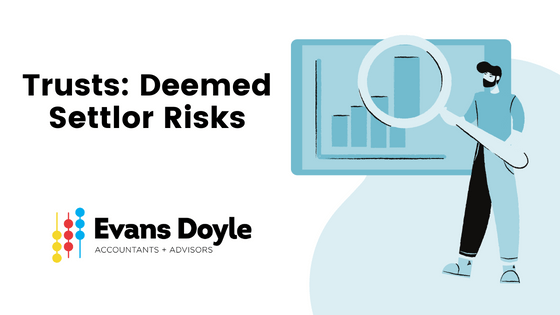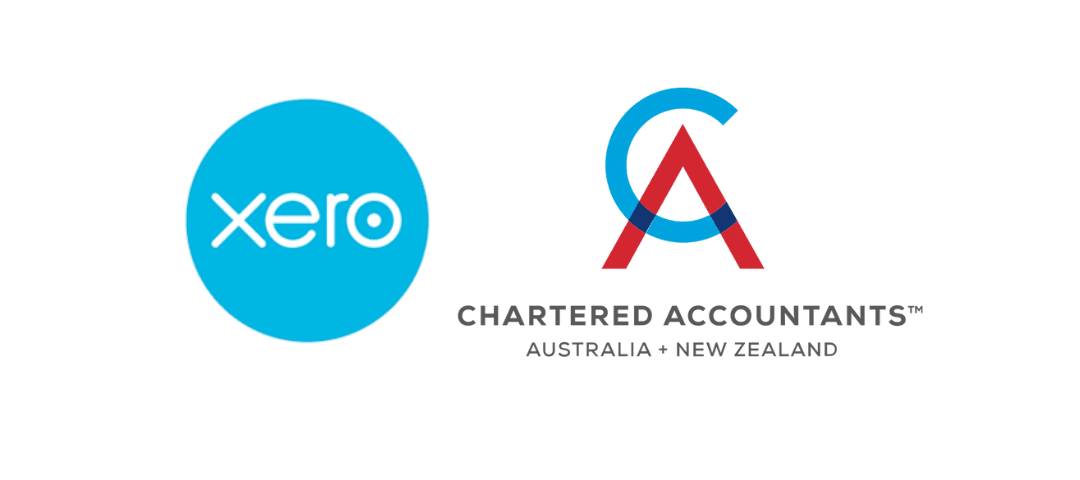Trustees of a family trust often consider distributing income to beneficiaries (sometimes those on a lower marginal tax rate). They may not necessarily make a cash payment. This arrangement creates a beneficiary loan between the trust and the beneficiary; the trust owes the money to the beneficiary because they have been paid the income (by way of income distribution for tax purposes) but not withdrawn the cash.
There are new tax issues that can arise from beneficiary loan accounts because of the recent changes to the Trustees Act 2018 and income tax legislation. In the 2022 financial year, IRD also requires more trust information disclosures than ever before.
In summary, the definition of settlor has recently been widened to include beneficiaries with current accounts that meet specific criteria. Having a beneficiary become a deemed settlor of a trust may give rise to unintentional and significant tax implications.
Background
It is important to understand the legal definitions for each party within a trust. Trusts are considered for statutory purposes not to have separate legal entity status (unlike a company). However, IRD considers trusts to be separate legal entities for tax purposes.
Outlined below are the major parties to a trust. These are typically outlined on a trust deed
The settlor
The person (or people) who makes the initial transfer of property, which may be as little as $1 – to the trustees of the trust. Anyone who transfers assets to the trust is a settlor.
The trustees
A trust normally has two or more trustees. They should be people whom the settlor is confident will manage the trust prudently. A settlor can choose to be a trustee of his or her own trust. In some circumstances, it is advisable also to have an unrelated trustee, who might be a family friend, the settlor's lawyer or accountant, for example, or a corporate trustee. One of the matters to look at when choosing trustees is how the trust is to be managed. Will the settlor do this, or will a professional trustee have a continuing involvement with the management and account keeping?
The beneficiaries
People for whose benefit the trust has been established. They can be either named individuals or a class, such as "children" or "grandchildren". There are generally two types of a beneficiary – discretionary beneficiaries and final or ultimate beneficiaries. Discretionary beneficiaries have a right to be considered by the trustees for payments from the trust property but they do not have an automatic right to receive payments from the trust. The following are often named discretionary beneficiaries:
· the settlor(s)
· children and grandchildren of the settlor.
Settlors often have the power to add beneficiaries, and they may, for example, decide to add members from the wider family or a charity.
Final or ultimate beneficiaries have a legal right to the trust property on the date the trust finishes. They are often named and are often the settlor's children with provision for grandchildren if a child dies before the trust finishes.
Definition of a Settlor – Tax Purposes
A settlor is a person who "transfers value to the trust, for the benefit of the trust, or on terms of the trust".
As outlined above, trustees can declare income distributions to a beneficiary, but the beneficiary may not withdraw the cash, giving rise to a loan.
From 1st April 2020, an amendment to the Income Tax Act (section HC 27(6)) means that beneficiaries who have loaned funds to a Trust may be classed as a 'deemed settlor'.
A beneficiary will not become a settlor if:
a. The amount owing to them from the trust at the end of the income year is $25,000 or less; or
b. The trust pays interest to the beneficiary at a rate equal to or greater than the prescribed IRD interest rate.
Therefore, if a beneficiary leaves more than $25,000 'on call' in the trust and does not receive interest, they will become a 'settlor'. This new rule becomes effective from 1st April 2020 and is not retrospective.
Such loans can arise from the beneficiary giving money or assets to the trust but also from income distributions and/or the accumulation of income distributions made by the trust to beneficiaries which are not paid to the beneficiary in cash.
Implications
The main implications of a beneficiary becoming a deemed settlor include:
Working for Families – The "family scheme income" test requires Trustee income to be divided equally between all settlors, with each settlor including their share of the income as family scheme income. Therefore, the beneficiary may not qualify for working for families if they are a deemed settlor of the trust.
Student Allowances – eligibility is calculated on the "family scheme income" test, which, as noted above, includes a share of Trustee income. Again, if a beneficiary is deemed a settlor, they may not qualify for a student allowance.
Land Developer Association Rules – if the deemed settlor or trust is considered a land developer, the other is also deemed a developer by association.
There are also possible implications in relation to the foreign trust rules, thin capitalisation, NRWT and AIL rules where these rules are applicable to the trust. For example, if the beneficiary who is a deemed settler were to leave NZ, there is risk the NZ trust may become a tax resident in the jurisdiction they move to.
Recommendations
We recommend:
Reviewing and considering deemed settlor issues when considering beneficiary income allocations (beyond any ordinary beneficiary income strategies).
Considering if the trust can pay beneficiary-specific costs to offset against their current account.
For example, Theo, a beneficiary of the Smith Family Trust receives $50,000 in revenue distribution for tax purposes. The Smith Family Trust also pays private school fees of $30,000 for Theo. The net result is a beneficiary account of $20,000 - meaning they fall below the threshold and do not become a deemed settlor under HC 27 (6).
Consider paying interest at the prescribed FBT interest rate for low-interest loans. Interest paid is considered taxable income to the beneficiary but may not be deductible for the trust (it depends if the trust's assets are for income earning or private, or a combination). In addition, the trust may need to account for RWT on the interest charged (additional cost and compliance).
Consider making a cash deposit to the beneficiary at the same time as the income distribution. This ensures that the income distribution for tax purposes aligns with any cash payments to the beneficiary and prevents loan accounts.
Contact Us
Contact Tim Doyle or Jane Evans today to discuss your trust, business and accounting needs on 07 823 4980 or email us. Our office is in Cambridge, NZ, but distance is no problem. We have many international and national clients.
This material has been prepared for informational purposes only, and is not intended to provide, and should not be relied on for, tax, legal or accounting advice. You should consult your own tax, legal and accounting advisors before engaging in any transaction.





